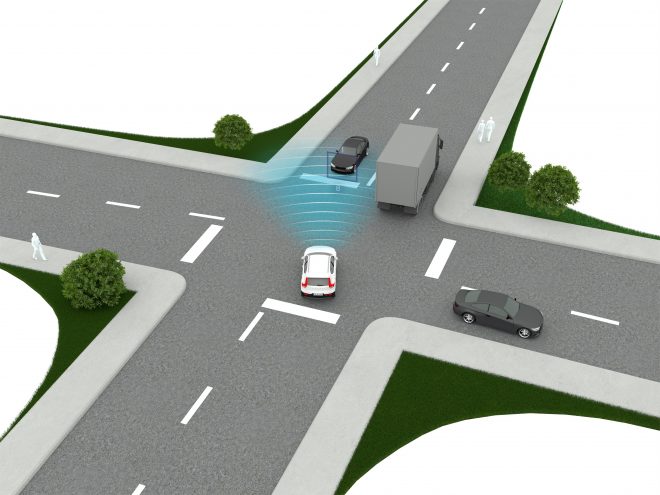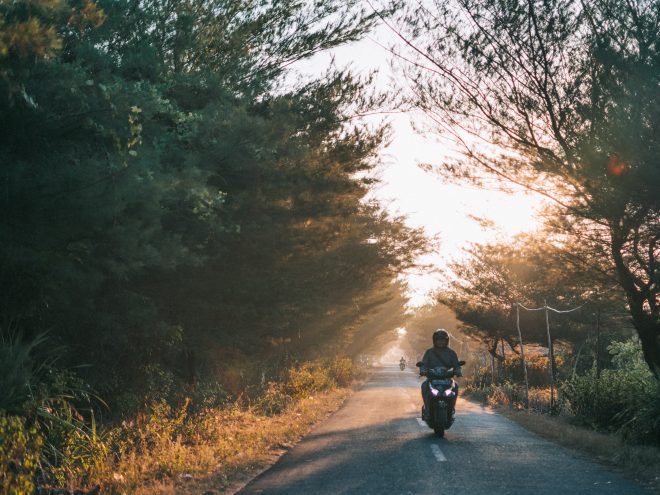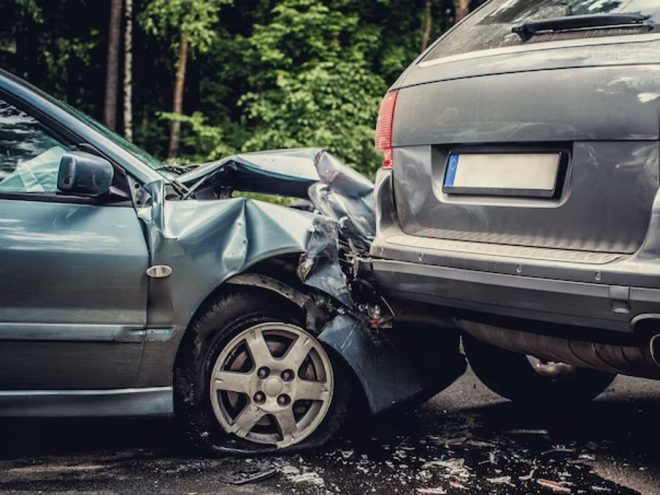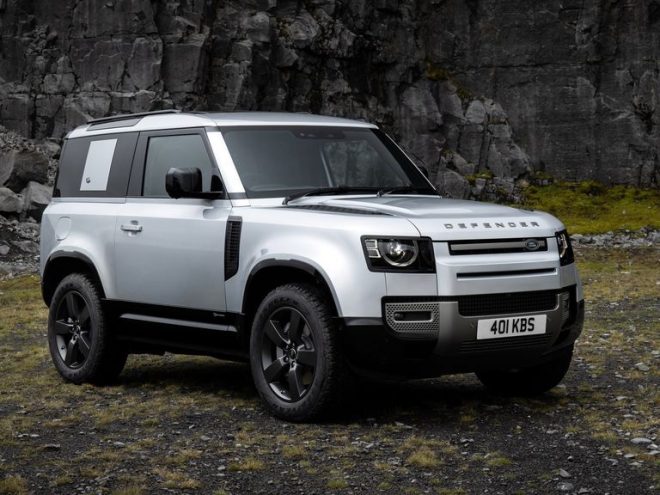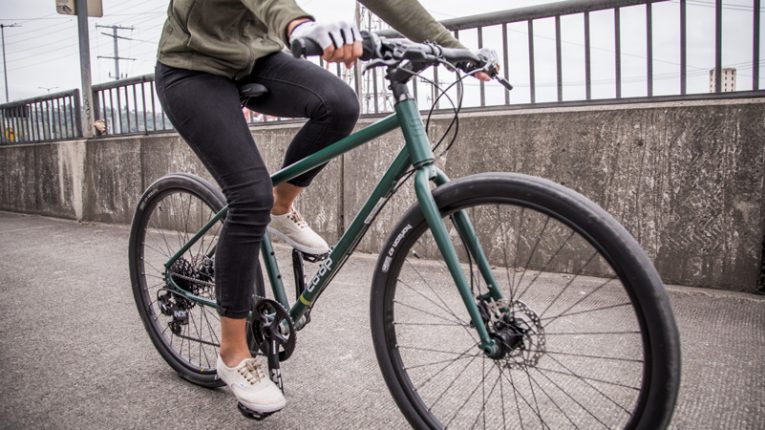
Bike Safety Measures in Loganholme, QLD
It must be pretty exciting to have at last purchased that lovely bike you’ve always wanted. And even more importantly, you’re taking brilliant steps to get informed about bicycle safety measures you need to have in mind.
Riding safely and regular bicycle maintenance is key to getting the most out of your biking experience. So without further ado, let’s look at some bike safety tips to observe in Loganholme, Queensland.
By Australian law, you must always wear an Australian Standard (AS) approved bicycle helmet while riding. This is to keep you safe since your head is the most critical part of your body when cycling. You should also properly fasten the helmet. Additionally, if you’re carrying a passenger, also ensure they wear one. But do note that you should only have a passenger on your bike if it’s designed to handle it.
However, this helmet rule does not apply if a doctor certifies you as unfit to wear the gear or your religious headdress makes it impractical to wear one.
Cycling is fun, but it can also wear you out after several minutes of pedalling. Especially in the summer, you’ll tend to sweat a lot and lose vital minerals from your system. It’s therefore crucial you keep a water bottle with you.
If you get quickly exhausted with pedalling, you can convert your bicycle from a mechanical machine to an e-bike. This involves using an electric bike conversion kit containing a rechargeable battery, motor, and pedal-free throttle, among others. You can do the conversion yourself or get help from an electrical services provider in Loganholme.
3. Ride with traffic, never against it
In Queensland, it’s not only illegal to ride against traffic but also risky. Riding against traffic makes it impossible for you to make a left turn. Always ride your bike as close as possible to the left or on the shoulder, and never move to the right of an oncoming vehicle. And no matter how slow a car may be moving, do not attempt overtaking it on its left. If it shifts in that direction to make way for approaching traffic, it may clip you.
Always keep a 2-metre distance between you and a vehicle you’re cycling behind, and never ride into the path of approaching traffic. If you’re riding alongside another cyclist, stay no more than 1.5m apart.
And take note, the tar snake (tar-like material used for covering road cracks) gets slippery, especially in hot weather. So always avoid them during the summer.
Ensure you always give way to vehicles at intersections before riding across, and always wait for the green “walk” sign.
5. Signal with your hand before turning
To be absolutely sure oncoming traffic notices you, keep one hand outstretched for some time before making a turn in that direction; i.e., if you intend to turn to the left, wave your left hand to the left side of your body for a few seconds before turning.
6. Always keep at least a hand on the handlebar
You may be tempted to show your cycling skills but, please, do not do this on a road filled with traffic. Even when you’re signalling a turn with a wave, ensure the other hand is firmly gripping the handlebar.
7. Install a light for the nighttime
You may sometimes have to ride at night, so it’s a great idea to install a headlight if your bike didn’t come with one. You can get an electrician to do it for you. If you can’t find the time to do so and you need to ride urgently, carry a flashlight on your person and keep it flashing in front of you. Furthermore, fix a red light at the rear to notify oncoming vehicles that you’re in front of them. Always stay visible!
During the rainy seasons, never forget to bring along your rain gear to avoid getting caught off guard. You’re pretty much exposed as a cyclist, and riding through the rain can be bad for your health, and the roads also get slippery. So it’s a great idea to take shelter once it starts pouring. When the rain’s over, try to avoid the tricky areas and water puddles.
9. Ensure you get the attention of drivers
Never rely on eye contact to tell if a driver has noticed you. If you must get their attention, ring a bell, wave a hand, yell, and use body language until they’ve seen you.
It’s important to always listen to your body’s warning signs to avoid complete exhaustion. Getting to wherever you’re going in one piece is more important than how fast you get there, so it’s good to take a break when your body and legs feel cramped. If you feel dizzy and disoriented, find a shade, dismount, and drink water. Again, converting your bicycle into an e-bike can help you ride without pedaling when you feel tired.
11. Get off the road when necessary
Although vehicles should share, you can’t exactly compel them to. So if a road is too narrow for cars to safely navigate alongside you, care for your safety by taking the lane or simply getting off the road. Take another street to get to your destination, no matter how long it may take. Your safety comes first.
Switching repeatedly from one path to the other can get confusing for vehicles and dangerous for you and pedestrians. If you’re using the shoulder, maintain that, and if you’re on the road, keep at it. It’s fine to switch paths when the lane gets uncomfortable, but make it a point not to do so repeatedly to avoid having a confused vehicle crashing into you. Always keep to the left of pedestrians when using a footpath or shared path.
13. Maintain your bike regularly
Regular bike maintenance is key to enjoying it to its fullest. Care for your bike by keeping the tires inflated, the drivetrain clean and lubricated, nuts and bolts tight but not excessively so, and your brakes adjusted correctly. It’s a great idea to check the brake pads occasionally. Also learn how to fix a flat tube and always take the equipment along when cycling.
On that note, learn how to check other bike attachments such as bike computers, power meter pedals, and LED signal lights, if you have them. Your bike gadgets will also need maintenance from time to time to continue functioning properly.
You can avoid many of the bike hazards in Loganholme, QLD simply by following bike-specific paths. These are lanes specially dedicated to cyclists, so you shouldn’t have trouble with traffic.
And finally, remember to maintain your bicycle and check the brakes before pedalling away.

